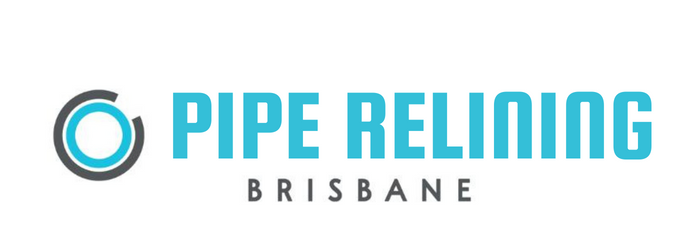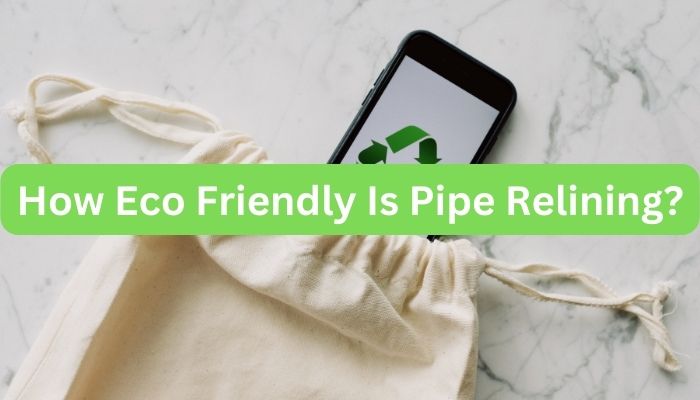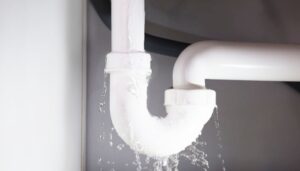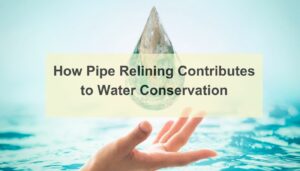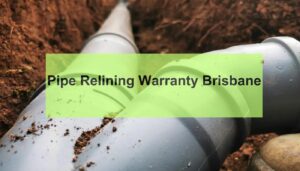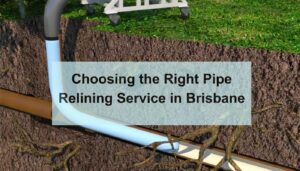In an era where environmental sustainability is paramount, evaluating the eco-friendliness, eco friendly benefits of infrastructure maintenance methods like pipe relining becomes crucial. Pipe relining, known for its efficiency and cost-effectiveness, also offers several environmental benefits compared to traditional pipe replacement methods. This part of our exploration delves into the green aspects of pipe relining, from the process itself to the materials used, and how it contributes to a reduced environmental and lower carbon footprint too.
The Basics of Pipe Relining: A Green Perspective
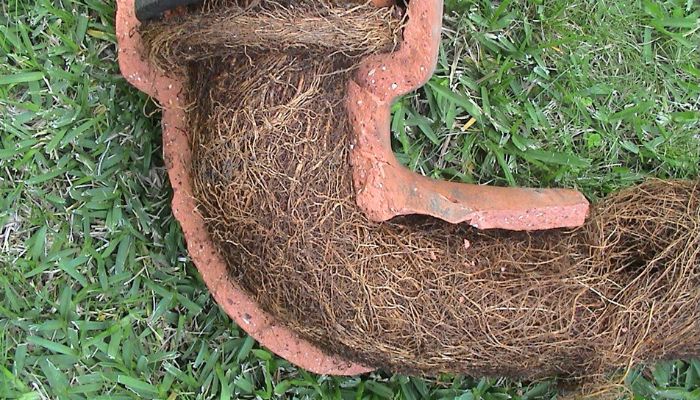
Pipe relining, a form of trenchless plumbing technology, involves repairing damaged pipes by inserting a new lining inside the existing structure. This method of repair is less invasive than traditional pipe replacement, as it doesn’t require extensive excavation. The process typically involves cleaning the existing pipe, inserting a liner saturated with a special resin, and then curing it to form a robust, new pipe within the old one.
Comparison with Traditional Pipe Replacement Methods
Traditional pipe replacement often involves digging up large sections of land, disrupting ecosystems, and generating significant amounts of waste. In contrast, pipe repair by relining minimizes land disturbance and waste production. By preserving the existing landscape and reducing the need for new construction materials, pipe relining emerges as a more environmentally friendly option.
Reduce Waste
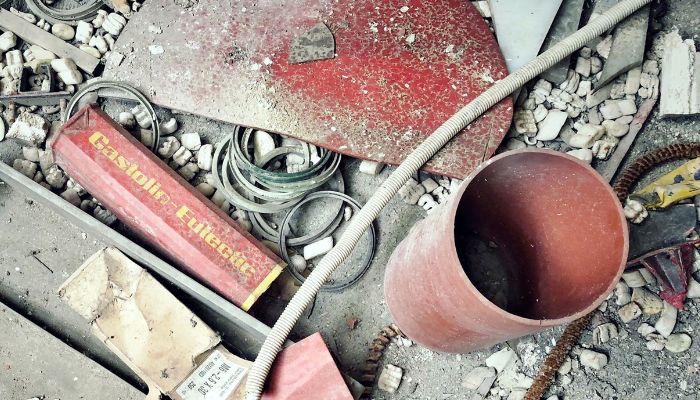
One of the most compelling aspects of pipe lining is its ability to drastically reduce waste. Traditional pipe replacement generates a significant amount of waste material, including old pipes and excavated soil. In contrast, pipe lining uses the existing pipe structure, thereby negating the need for removal and disposal. This method is particularly beneficial in urban environments where excavation can be disruptive and costly. By reusing existing pipes and avoiding large-scale digging, pipe lining substantially lessens the environmental footprint of pipe repairs. This waste reduction is not only environmentally responsible but also aligns with the growing global emphasis on sustainable living practices.
Materials Used in Pipe Relining: Safety and Sustainability
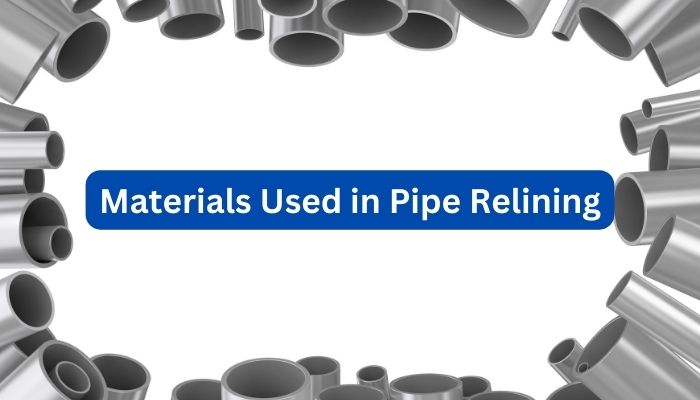
Types of Resins and Liners: The materials used in pipe relining, primarily epoxy resin resins and liners, play a significant role in its cost effective environmental impact. Epoxy resins are commonly used due to their durability and minimal environmental impact. These resins are typically non-toxic and do not leach harmful chemicals into the ground or water supply.
Environmental Impact of Materials: The production and disposal of materials used in pipe relining have a lower environmental impact compared to those used in traditional, pipe repair and replacement. The longevity of relined pipes means less frequent repairs and replacements, leading to reduced resource consumption and waste over time. Additionally, the plumbing industry is seeing a shift towards more sustainable and eco-friendly materials, further reducing the ecological footprint of pipe repairs and relining.
Reduced Environmental Footprint of Trenchless Technology
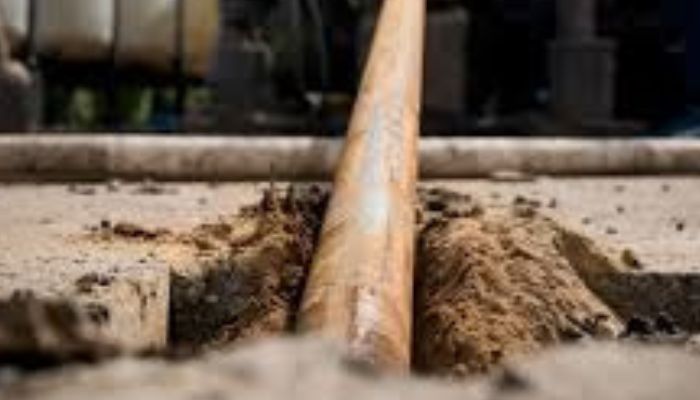
Minimizing Soil Disruption and Landscape Impact: One of the most significant environmental benefits of trenchless pipe repair methods relining is the minimal disruption to the soil and surrounding landscape. Traditional digging and excavation methods existing pipes can lead to soil erosion, destruction of habitats, and loss of vegetation. Trenchless pipe relining circumvents these issues, preserving the natural environment and biodiversity.
Lower Carbon Emissions and Energy Usage: Pipe relining using conventional methods is also associated with lower carbon emissions and energy usage compared to traditional methods. The reduced need for heavy machinery and extensive transportation of materials contributes to a smaller carbon footprint. This aspect of eco friendly benefits of pipe relining aligns well with global efforts to reduce greenhouse gas emissions and combat climate change.
Innovations Enhancing the Sustainability of Pipe Relining
Advances in Eco-Friendly Materials:
The pipe relining industry is witnessing a surge in the use of more sustainable materials. Innovations include the development of resins with lower environmental impact and liners made from recycled materials. These advancements not only reduce the carbon footprint of the relining process but also contribute to the circular economy by utilizing recycled content.
Technological Improvements in Installation

Technological advancements are also playing a crucial role in enhancing the eco-friendliness of pipe relining. Modern installation techniques are becoming increasingly efficient, reducing energy consumption and minimizing waste. For instance, UV-cured pipe relining is a newer method that uses ultraviolet light to cure the already damaged pipe liner, significantly speeding up the process of repairing pipes, and reducing energy usage compared to traditional methods. Additionally, advancements in robotic technology allow for more precise repairs, which leads to far less waste material usage and a lower environmental impact.
Best Practices for Eco-Friendly Pipe Relining
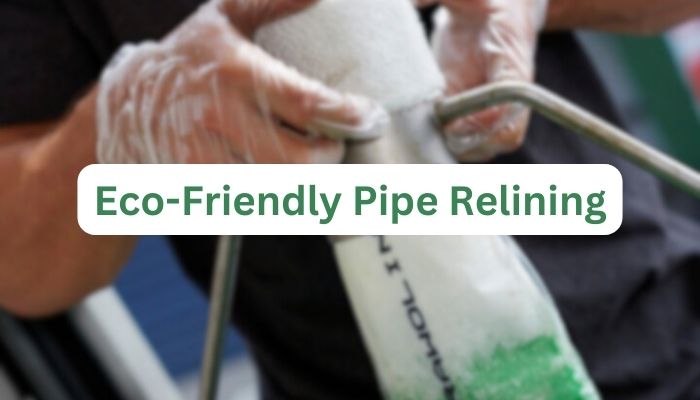
Responsible Disposal and Recycling Practices: An essential aspect of eco-friendly pipe relining is the responsible disposal and recycling of old pipes harmful waste and materials. Service providers are adopting practices to responsibly dispose of waste and recycle materials wherever possible. This includes the proper handling of old pipe materials and any by-products of the relining or repair process, ensuring they do not harm the environment.
Compliance with Environmental Regulations and Standards: Compliance with environmental regulations and standards is crucial for eco-friendly pipe relining. Service providers must adhere to local and international environmental laws, which govern aspects like material safety, waste disposal, and emissions. This compliance with sustainable practices not only ensures the protection of the surrounding environment, but also builds trust with clients who are increasingly environmentally conscious.
Future Outlook: The Path Towards Greener Pipe Relining
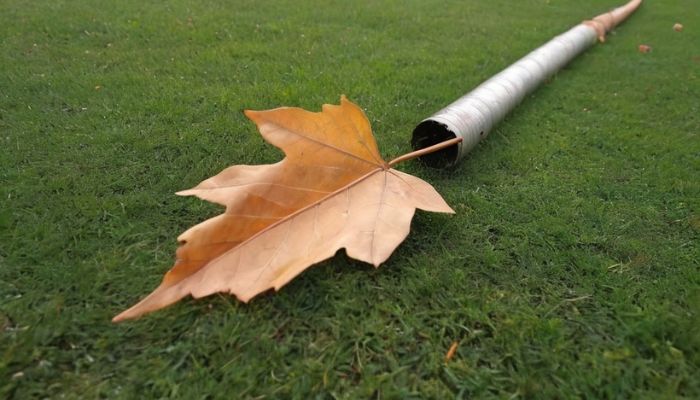
Emerging Trends and Research: The future of pipe relining looks promising with ongoing research and emerging trends focused on the environment and sustainability. Innovations in material science are expected to produce even more environmentally friendly resins and liners. Research is also being conducted on methods to further reduce the energy consumption less waste and environmental impact of the relining process.
The Role of Industry and Consumers in Promoting Sustainability: The push towards greener energy efficient and environmentally friendly process in pipe relining is not just a responsibility of the industry but also of consumers. As awareness of environmental issues grows, consumers are increasingly seeking sustainable options. This demand encourages service providers to adopt greener practices and drives the industry towards more sustainable solutions. The collaboration between industry players and consumers is essential in shaping a more eco-friendly future for pipe relining.
Conclusion: Advancing Towards Sustainable Pipe Relining
Pipe relining is evolving into a more environmentally sustainable practice, marked by advancements in eco-friendly materials and techniques. This approach to pipe lining not only minimizes ecological impact but also aligns pipe lining itself with global sustainability goals. The ongoing commitment of the plumbing industry and consumers to eco-friendly methods is crucial in maintaining this positive trajectory, ensuring that pipe relining continues to be a responsible choice for modern infrastructure maintenance
